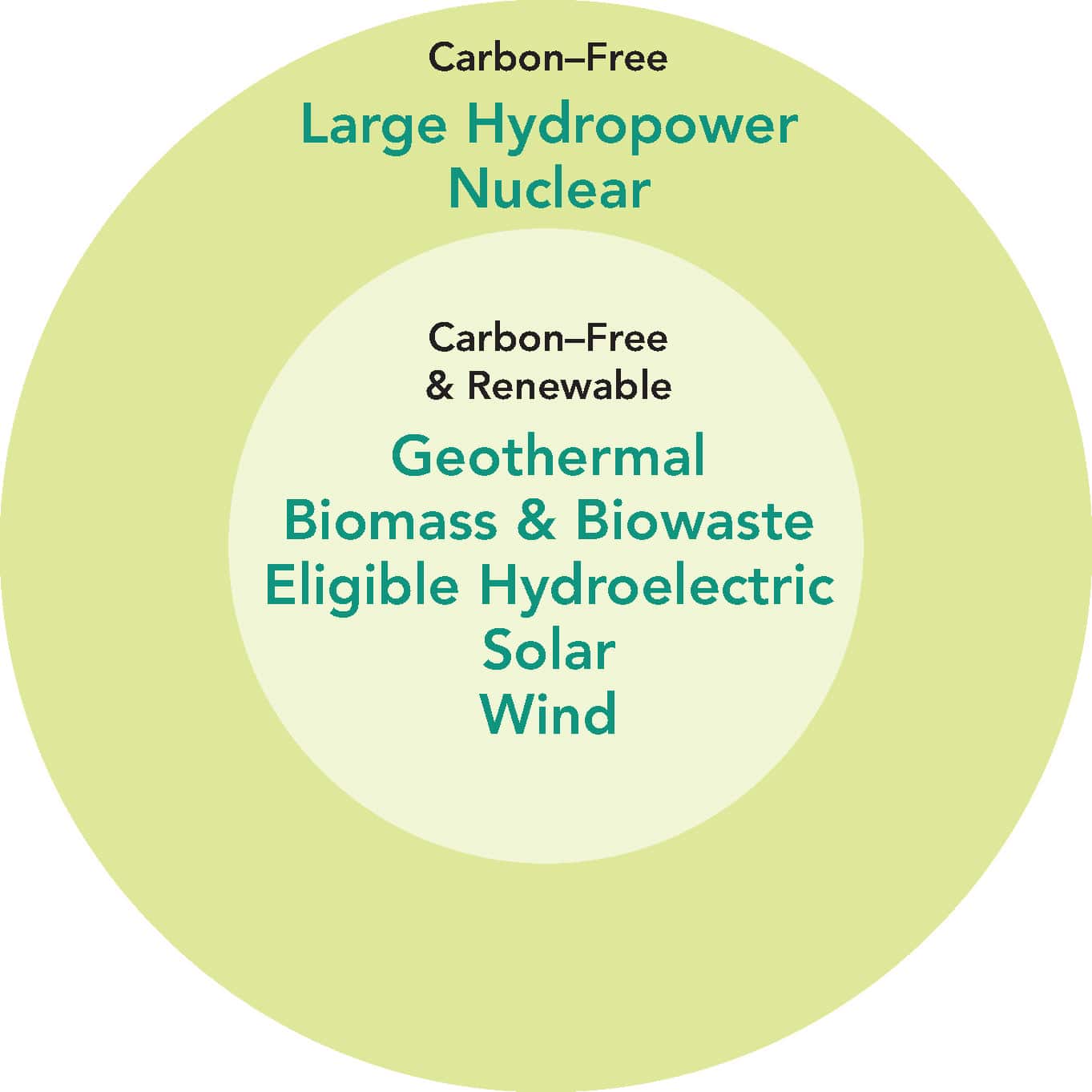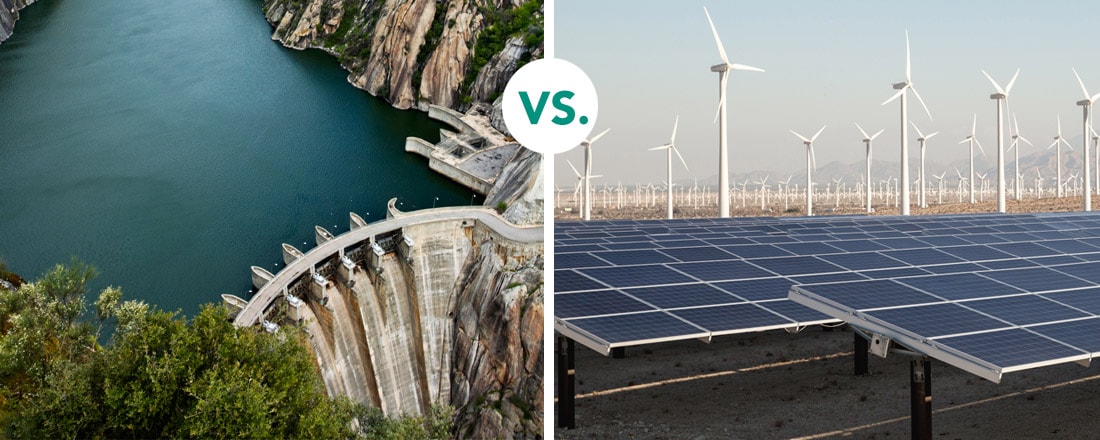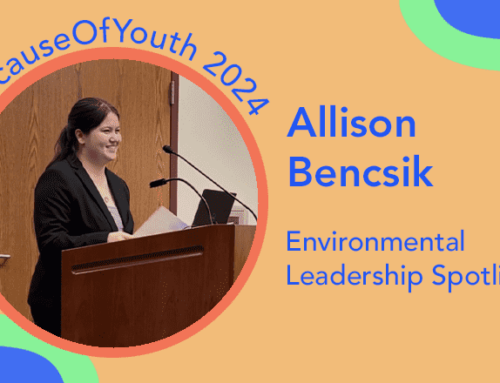The terms carbon-free and renewable are often used in similar contexts, but these two resources create different environmental and economic impacts. In 2019, MCE’s standard service, Light Green, was at least 60% renewable and also 90% carbon-free. So, what does it mean when energy is described as carbon-free or renewable, and why does it matter?
What Is Carbon-Free Energy?
When energy sources are labeled carbon-free, the energy is produced by a resource that generates no carbon emissions, such as nuclear or large hydroelectric. Although these resources help reduce greenhouse gas emissions, they may impact the environment or the economy. For example, the waste produced by nuclear power plants needs to be safely stored long term, which can be cost-intensive. Additionally, the creation of dams to build new, large hydroelectric resources has lasting environmental impacts on the surrounding ecosystems.
What Is Renewable Energy?
Renewable energy, on the other hand, is classified as a naturally replenishing resource that produces zero emissions. Renewable energy sources include solar, wind, geothermal, biomass and biowaste, and eligible hydroelectric. The energy projects may create additional environmental benefits on top of their emissions reductions, such as pollinator-friendly solar programs, or economic job benefits, through the construction of new projects.
Picturing the Difference
While all renewable energy is carbon-free, not all carbon-free energy is renewable. Only naturally-replenishing sources are renewable.

California’s Renewable Energy Goals
The State of California requires electricity providers to serve customers with a minimum of 50% renewable electricity by 2030. MCE’s standard Light Green service has been 60% renewable since 2017, meeting the State’s mandate 13 years early. Additionally, in 2019, Light Green was 90% carbon-free. MCE customers can also opt up to 100% renewable energy with MCE Deep Green service, which is sourced from 50% wind and 50% solar.

MCE is committed to fostering the development of new local and statewide renewable energy projects to provide customers with clean energy and support stable power generation and jobs for years to come. MCE’s local renewable energy initiatives include projects such as American Canyon Solar Project, MCE Solar One, landfill gas-to-energy at the Redwood Landfill, and other projects in collaboration with local businesses. All of MCE’s renewable projects support both the State and local green economy and are expected to supply a steady stream of clean energy for years to come.






